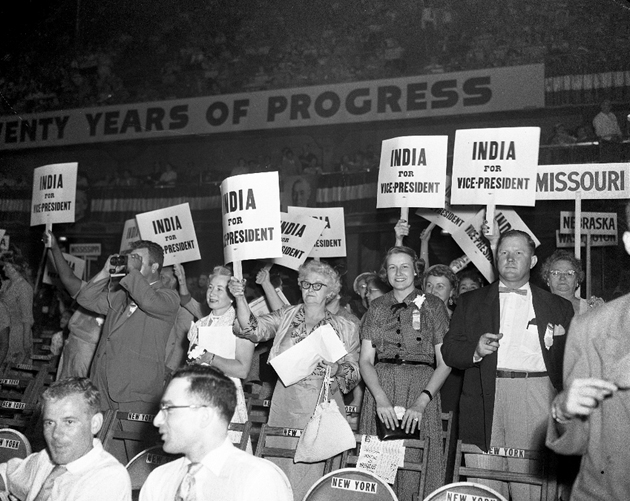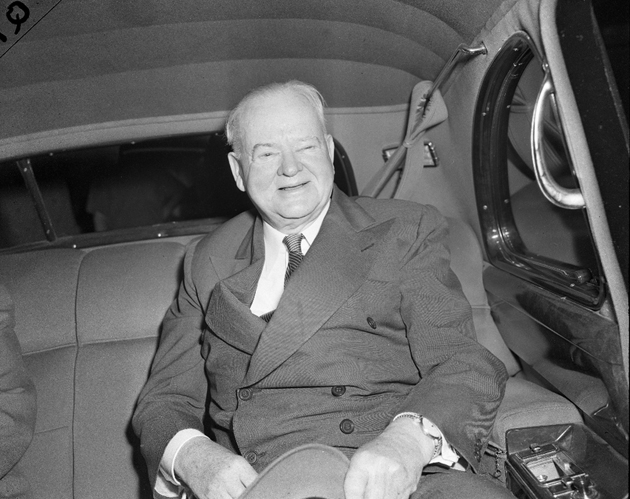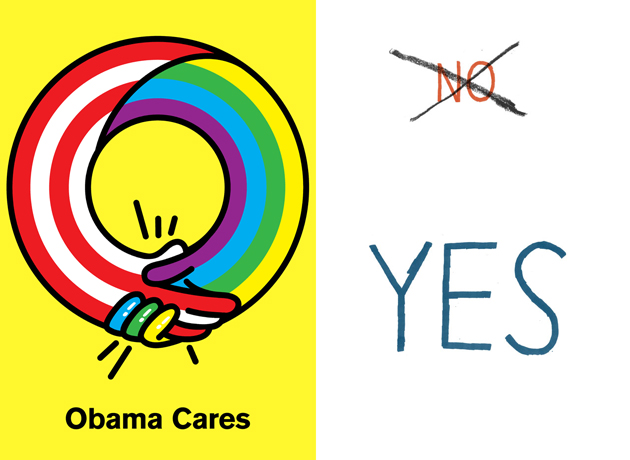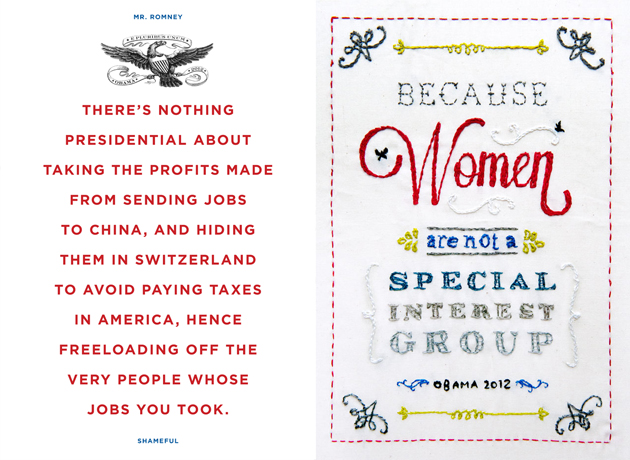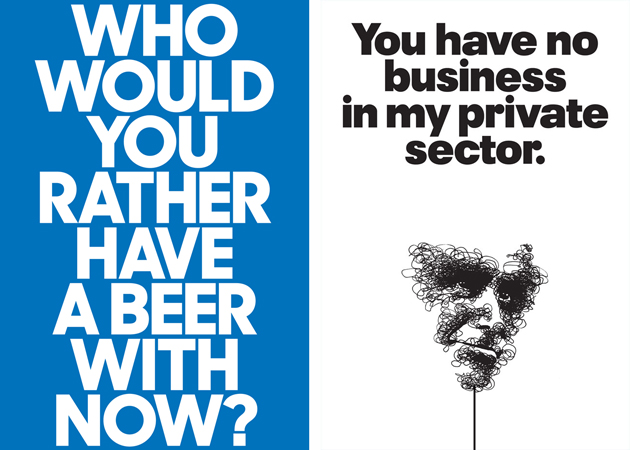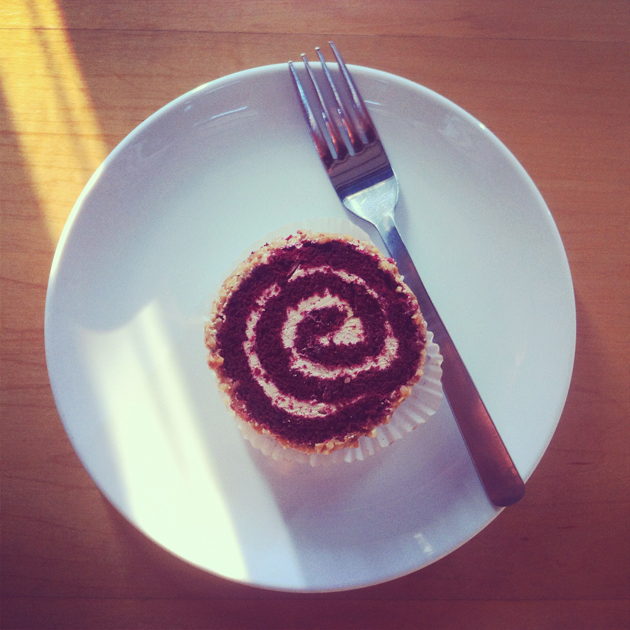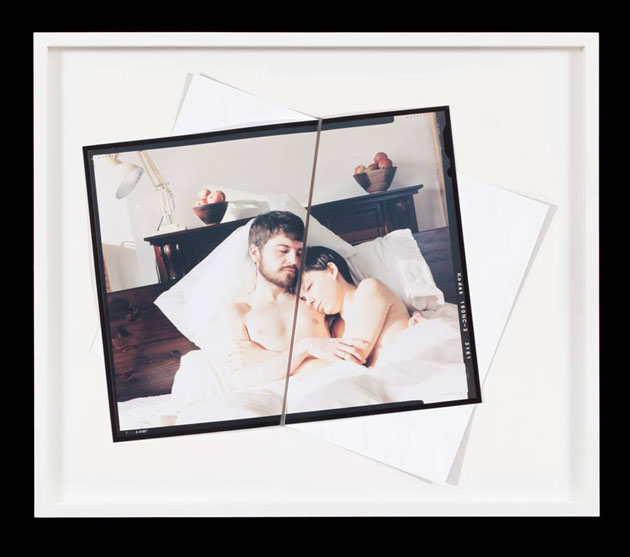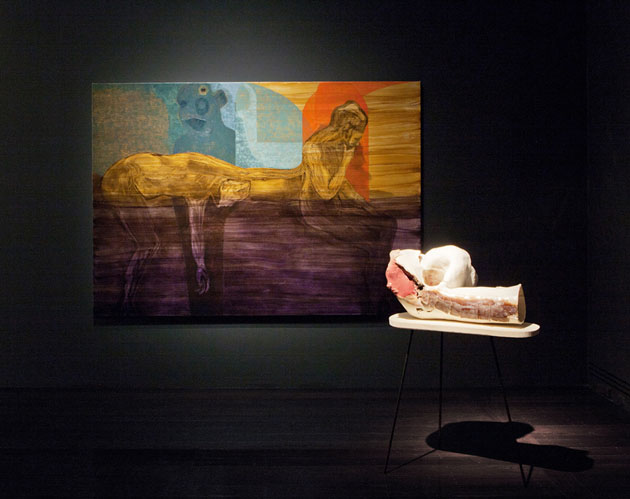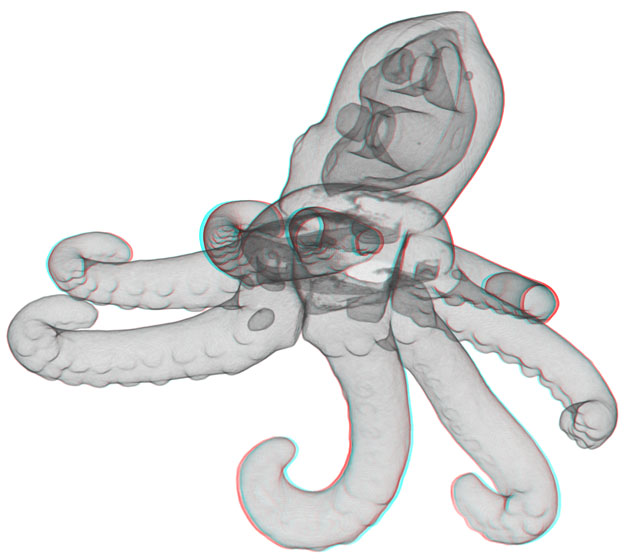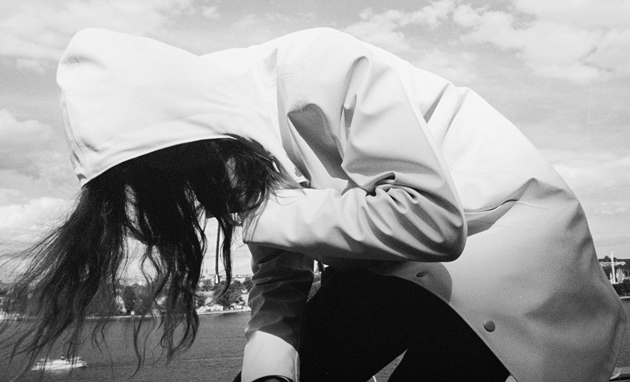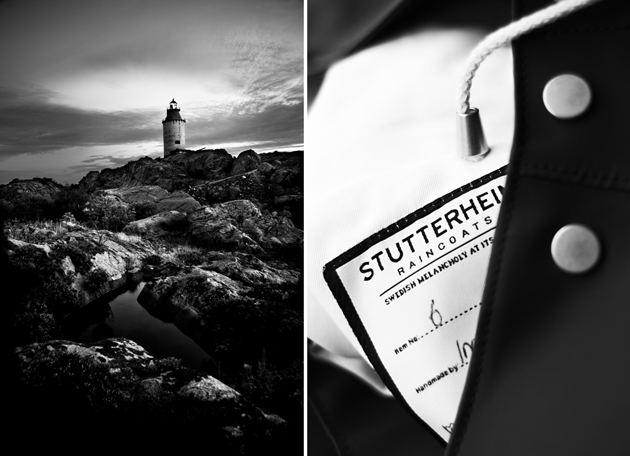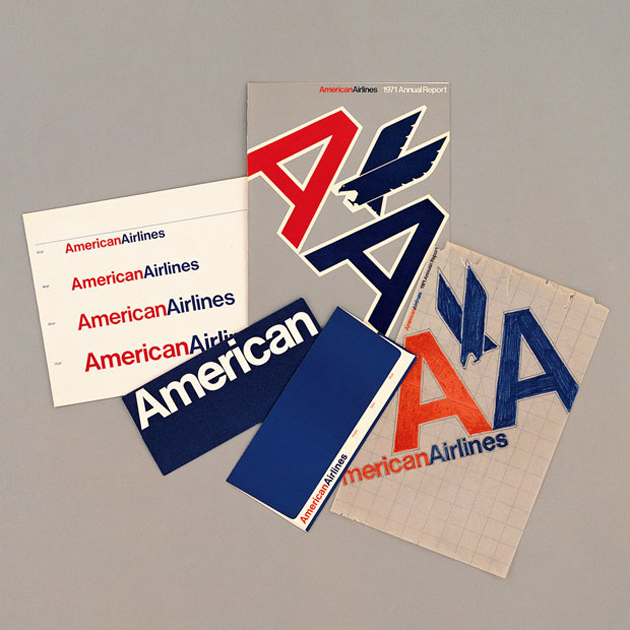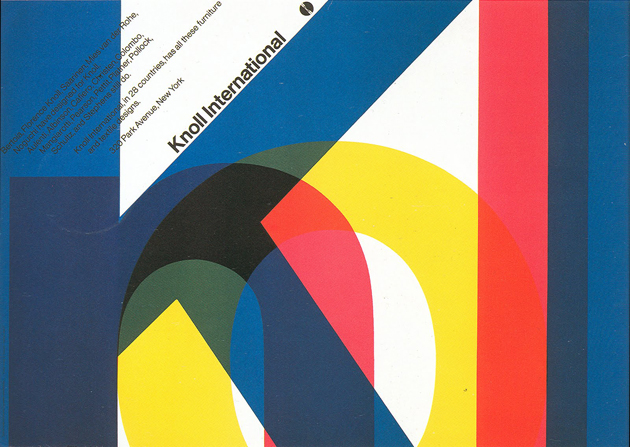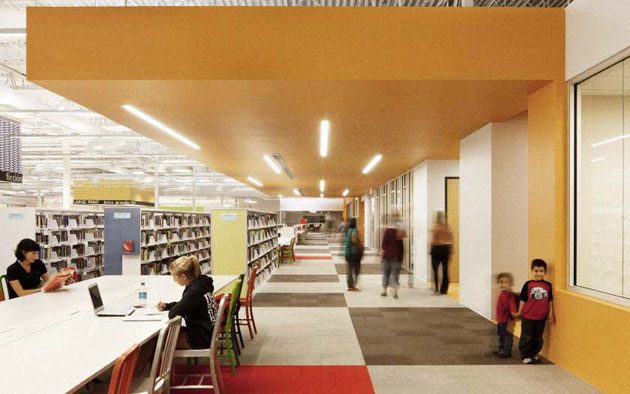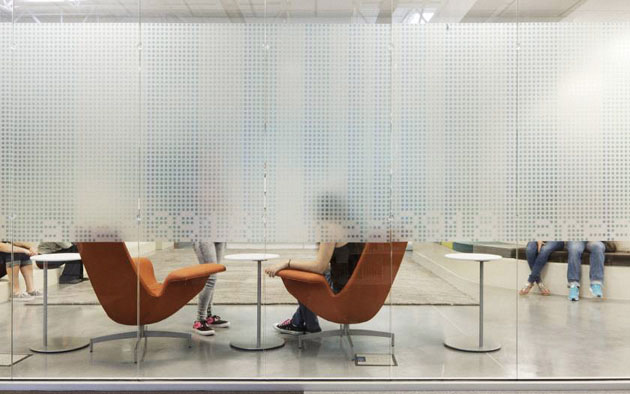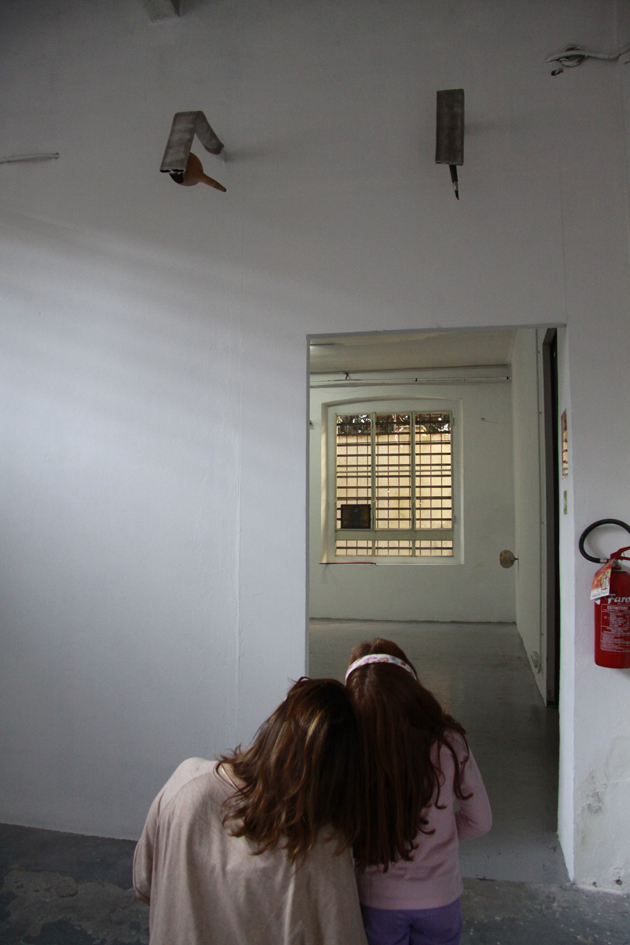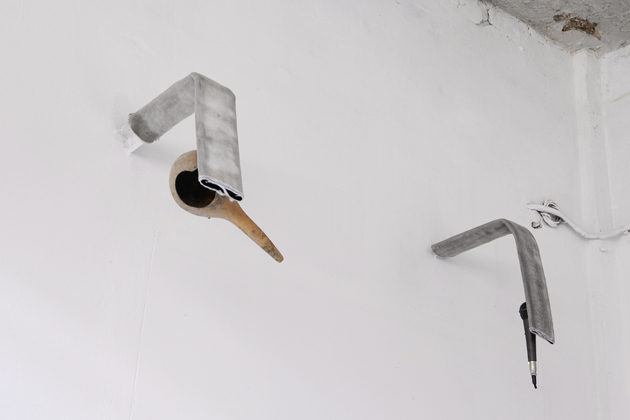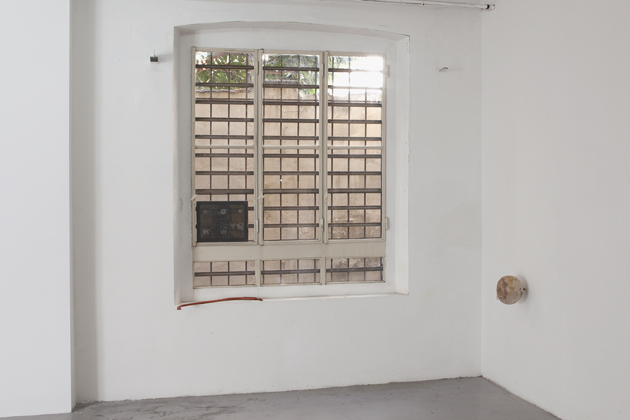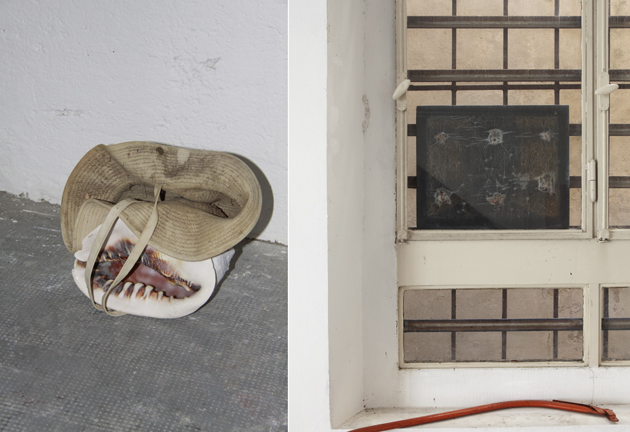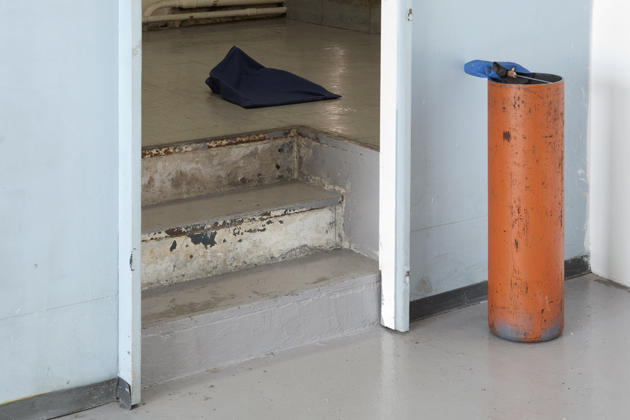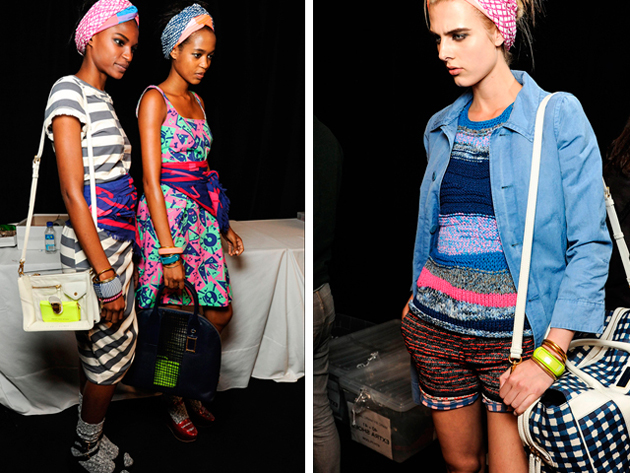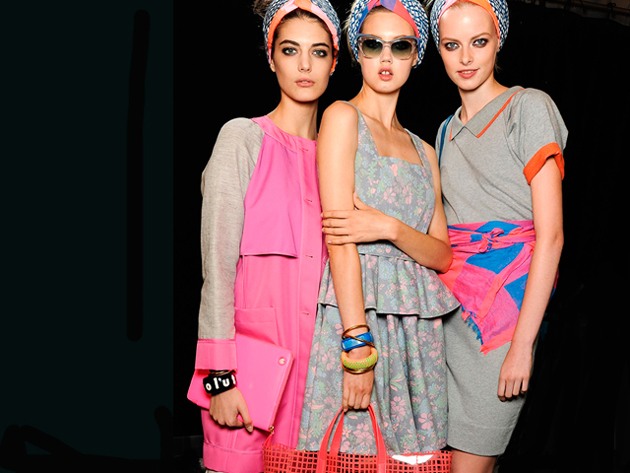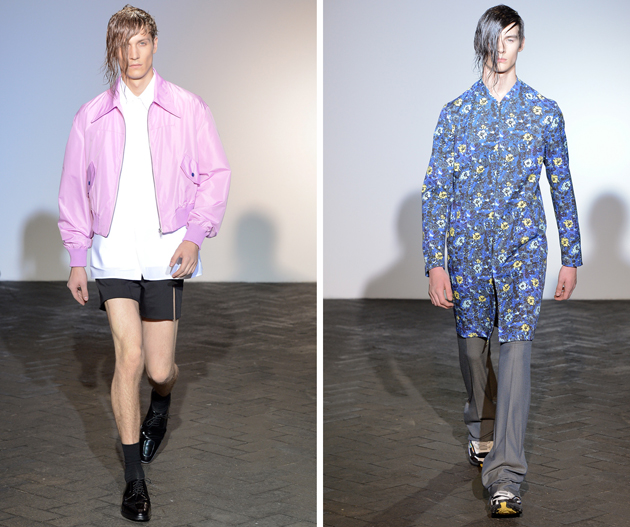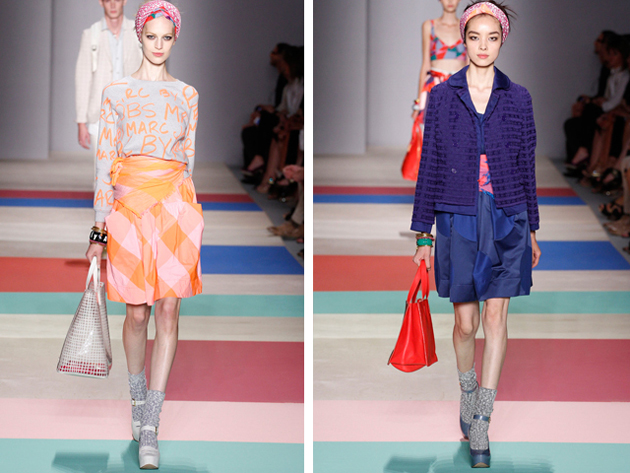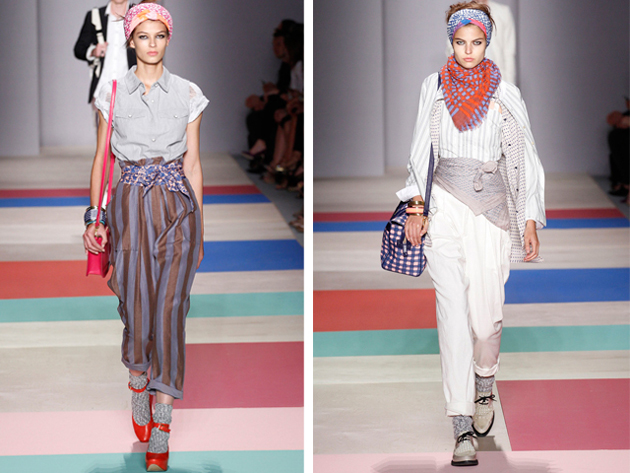The Editorial: Oh, Sandy!
At least fifty people have died. Thousands have lost homes and millions remain without power. Yet another catastrophic storm has pummelled a world metropolis– and while minor when compared to the havoc wrought on Japan by last year’s tsunami, for instance, it’s no coincidence that this type of devastation has almost become commonplace, an annual event. There is no more tangible sign that the past dozen decades of carbon-methane-dirty-dirty-black-smoke-belching has resulted in some pretty major climate change.
It is a great coincidence, however, that a crucial presidential election is being held next week in the Western country most touched by climate-related disasters in the recent past: the USA has endured the levelling of Joplin, Missouri by tornadoes, the apocalyptic destruction of Louisiana and the Gulf Coast by Hurricane Katrina, the drowning of Miami by Hurricane Andrew and several other major events.
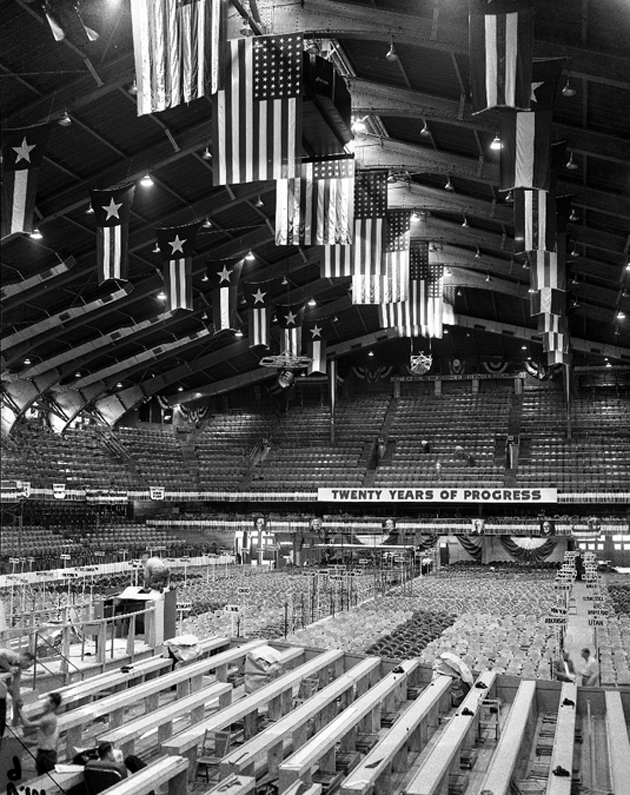

So in the midst of the current havoc of a drowned New Jersey and a crippled New York, the American candidates’ differing views on climate change could not be more important: Romney, the Republican, downplays its very existence and would pursue policy that would allow for more (not less) carbon accountability, while Obama, the Democrat, has made green energy a major pillar in his platform.
And while it’s still somewhat of a stretch to blame weather directly on politics, the importance of world leadership who will at least acknowledge the almost unequivocal existence of human-caused climate change cannot, cannot, cannot be overstated. Greener policy now could very well mean less devastating climate change in the future, and admission is the first step towards recovery, after all. That Romney and seemingly every party-line Republican stooge continues a three-ring circus of denial in the name of religious conservatism, corporate interests, stubbornness and sheer, unabashed stupidity is flatly inexcusable. And beyond a litany of absurd social and fiscal policies Republicans continue to stand behind (all also inexcusable in the second decade of the 21st century), there is simply no more room for their anachronistic, ill-informed, self-interested agenda on the world stage.
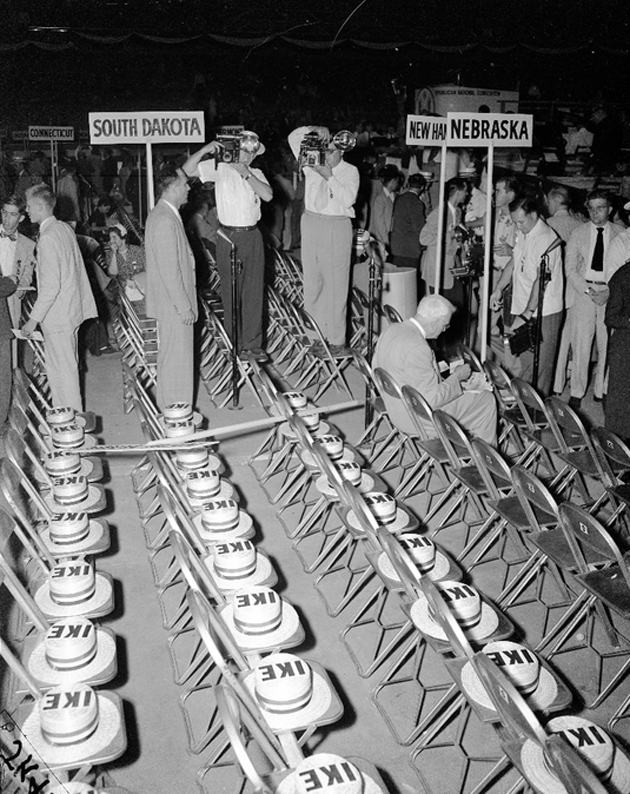
Romney is a man who would, because of his slavish belief in the dubious powers of the “private sector,” abolish the very organisation charged with large scale disaster relief in the USA. Of course, he realises there is a need for such services, but like every Republican who dreams of a corporate world where access to anything is based on ability to pay, he would hand the scraps to the private sector. Disaster relief for a profit.
Of course we’ll save your life! That’ll be $199.99 plus tax, please. All major credit cards accepted. Oh, your wallet was blown away? Well, come visit us when you find it. Have a nice day!
Obama may be far from perfect. (Where’s the fiery, polemic, contrarian the world rejoiced in 2008?) But it’s clear in any case that he’s a good, pragmatic man willing to listen to good advice and act decisively in the best interests of the most people. In a dynamic, deeply uncertain world, that’s a damn good start.
Please get your American friends out to vote. This election is way, way to close for comfort.
